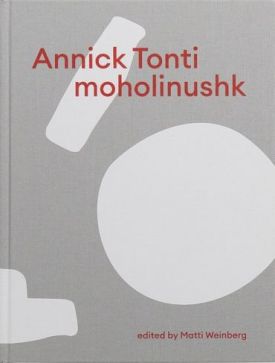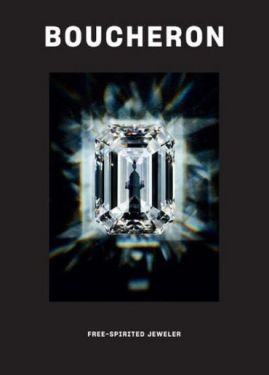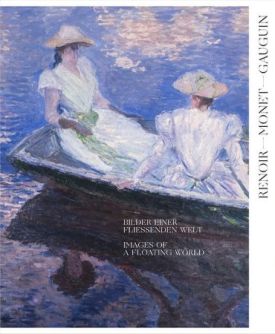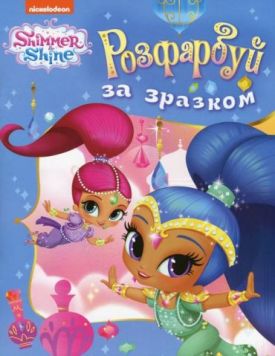Heaven on Earth: Painting and the Life to Come 46136
The idea of heaven on earth haunts the human imagination. The day will come, saybelievers, when the pain and confusion of mortal life will give way to a transfiguredcommunity. Such a vision of the world seems indelible. Even politics, some reckon, hasnot escaped from the realm of the sacred: its dreams of the future still borrow theirimagery from the prophets. In Heaven on Earth, T.J. Clark sets out to investigate thevery different ways painting has given form to the dream of God’s kingdom come. Hegoes back to the late Middle Ages and Renaissance – to Giotto in Padua, Bruegel facingthe horrors of religious war, Poussin painting the Sacraments, Veronese unfolding thehuman comedy. Was it to painting’s advantage, is Clark’s question, that in an age ofenforced orthodoxy (threats of hellfire, burnings at the stake) artists could reflect onthe powers and limitations of religion without putting their thoughts into words?
At the heart of the book stands Bruegel’s ironic but tender picture of The Landof Cockaigne, and also Veronese’s inscrutable Allegory of Love. The story ends withPicasso’s Fall of Icarus, made for UNESCO in 1958, which already seems to signal –perhaps to prescribe – an age when all futures are dead.
At the heart of the book stands Bruegel’s ironic but tender picture of The Landof Cockaigne, and also Veronese’s inscrutable Allegory of Love. The story ends withPicasso’s Fall of Icarus, made for UNESCO in 1958, which already seems to signal –perhaps to prescribe – an age when all futures are dead.
Ідея раю на землі переслідує людську уяву. Настане день, кажуть віруючі, коли біль і сум'яття земного життя поступиться місцем преображеній спільноті. Таке бачення світу здається незгладимим. Навіть політика, як дехто вважає, не втекла зі сфери сакрального: її мрії про майбутнє все ще запозичують образи у пророків. У книзі «Небо на землі» Ті Джей Кларк досліджує різні способи втілення мрії про прийдешнє Царство Боже у живописі. Він повертається до пізнього Середньовіччя та Ренесансу - до Джотто в Падуї, Брейгеля, який стикається з жахами релігійної війни, Пуссена, який малює Таїнства, Веронезе, який розгортає людську комедію. Чи пішло на користь живопису, запитує Кларк, те, що в епоху примусової ортодоксії (погрози пекельного вогню, спалення на вогнищі) художники могли роздумувати про силу та обмеження релігії, не висловлюючи своїх думок у словах?
У центрі книги - іронічна, але ніжна картина Брейгеля «Земля Кокаїну», а також незбагненна «Алегорія кохання» Веронезе. Завершує розповідь картина Пікассо «Падіння Ікара», створена для ЮНЕСКО у 1958 році, яка, здається, вже сигналізує - а може, й пророкує - епоху, коли всі майбутні вже мертві.
- АвторT. J. Clark
- КатегоріяХобі та захоплення
- МоваАнглійська
- Рік2018
- Сторінок288
- Формат150х230 мм
- ОбкладинкаТверда
- Тип паперуОфсетний
- ІлюстраціїКольорові
- ЖанрКультура та мистецтвоІсторія мистецтвОбразотворче мистецтвоРелігії, вірування, культи
- Вік14+
1390 ₴
Відділення Нова Пошта80 ₴
Поштомат Нова Пошта80 ₴
Кур’єр Нова Пошта120 ₴
Відділення УкрПошта50 ₴
Кур’єр за адресою90 ₴




















допоможіть тим, хто ще не читав